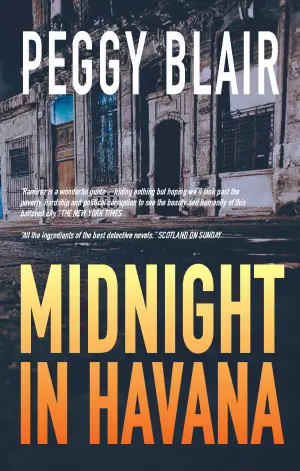Review of The Murder of Roger Ackroyd by Agatha Christie
When I first stumbled upon The Murder of Roger Ackroyd, I was intrigued not just by its reputation—often heralded as Agatha Christie’s masterpiece—but also by the sense of audacity that surrounds its very essence. The mere mention of its title brings a thrill of excitement, a promise of layers to unravel. Now, decades after its initial release in 1926, the mystery still grips us with its web of deception and unforgettable twist. As I turned the pages, I was reminded of why Christie is celebrated as the queen of crime; her ability to surprise is as sharp as Hercule Poirot’s legendary deductive skills.
At the heart of the story lies the charmingly introspective Dr. James Sheppard, who narrates the events with a delightful dry humor that felt like a welcomed cup of tea on a rainy day. He contrasts beautifully with Poirot, who, in his retirement, pursues the quiet life of a vegetable gardener—until chaos disrupts his peaceful existence. It’s in the delightful interactions between Sheppard and his spirited sister, Caroline, that Christie’s wit shines. Their banter brought me genuine laughter, capturing the quirks of familial dynamics against the backdrop of a murder mystery.
The small village of King’s Abbot serves as a microcosm of society, with distinct characters who each harbor their own secrets. Christie masterfully weaves a tapestry of relationships that hints at intrigue and betrayal. The character of Roger Ackroyd, though central to the mystery, is just one thread. Christie creates a landscape of suspects—each one notable and distinctive—that keeps you guessing right to the end. I appreciated how every hint and clue felt purposeful, yet somehow veiled.
What truly captivated me was Christie’s audacious narrative technique, which was groundbreaking for its time. The use of a first-person narrator is often fraught with peril, yet Christie’s execution feels refreshingly different. Dr. Sheppard’s perspective adds a layer of intimacy, allowing us to ponder his truthfulness. I found myself frequently questioning what I accepted as reality, echoing Poirot’s philosophy: “Everything is simple, if you arrange the facts methodically.” It is this interplay of intellect and deception that makes you want to reread the tale, attempting to piece the puzzle together anew.
The well-placed humor throughout was another highlight. A particular exchange between Poirot and Sheppard, where Poirot humorously laments his failed gardening endeavors, left me chuckling. In the midst of a murder investigation, Christie manages to keep her tone light, crafting moments of levity that balance well with the dark themes of the narrative.
In my personal reading journey, The Murder of Roger Ackroyd was not just a mystery; it was an invitation to rethink assumptions and embrace the unexpected. I can wholeheartedly recommend this book to lovers of classic detective tales, fans of clever twists, or anyone who enjoys a well-spun yarn. Christie’s ability to intertwine humor and suspense deeply resonated with me, and I believe it’ll do the same for those who seek a thrilling ride through the mind of one of literature’s greatest detectives.
In a world where mysteries abound, this one stands out not just for its plot, but for the vibrant characters and contemplations on truth and perception. If you haven’t yet ventured into the web Christie has spun in this novel, I encourage you to pick it up—you might just find yourself questioning everything you thought you knew about the whodunit genre.
Discover more about The Murder of Roger Ackroyd (Hercule Poirot, #4) on GoodReads >>












